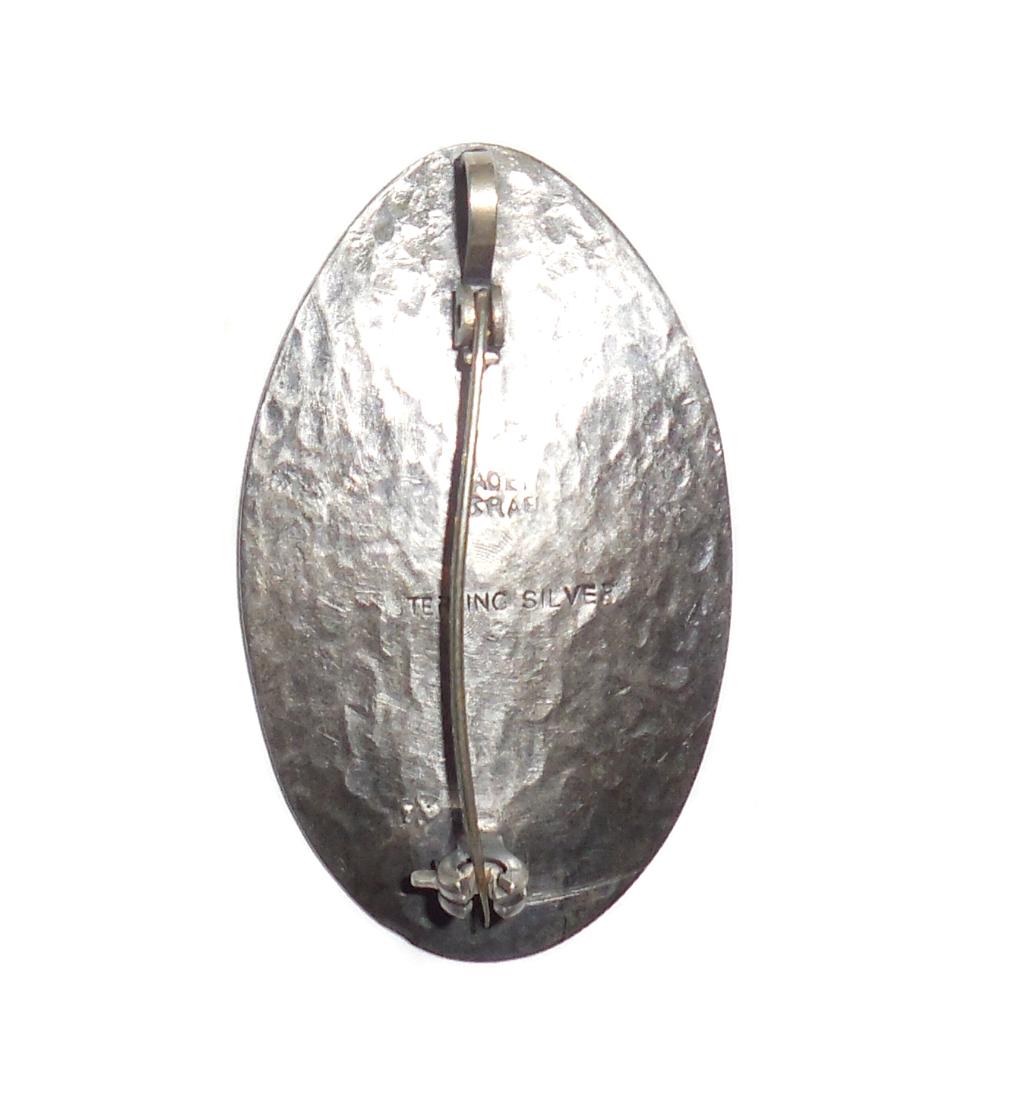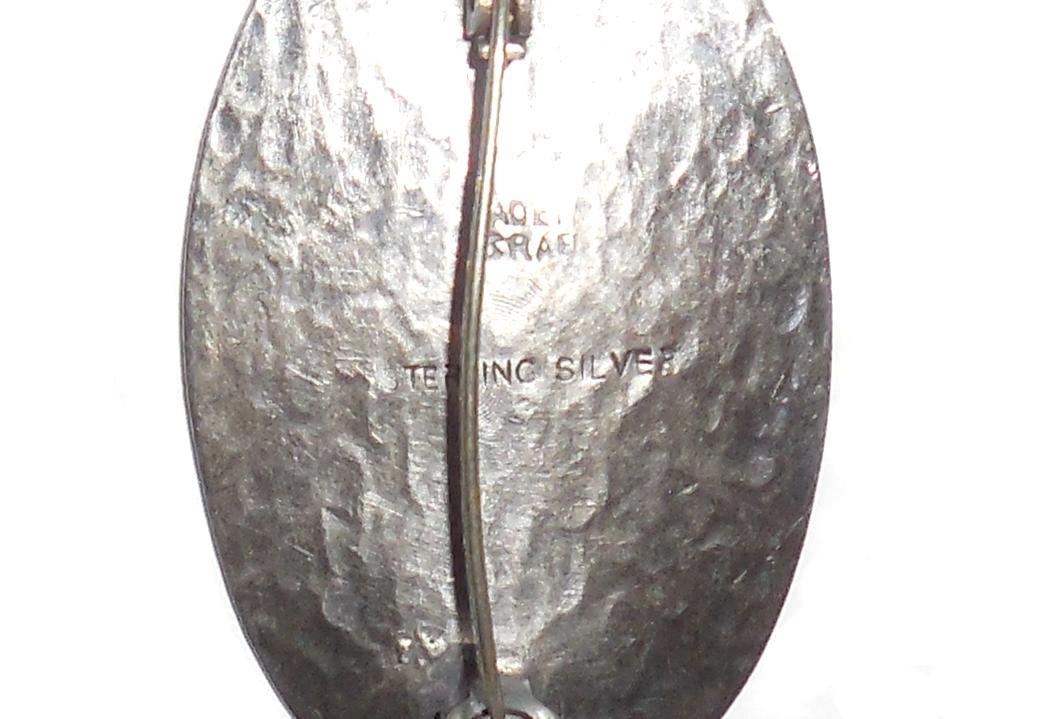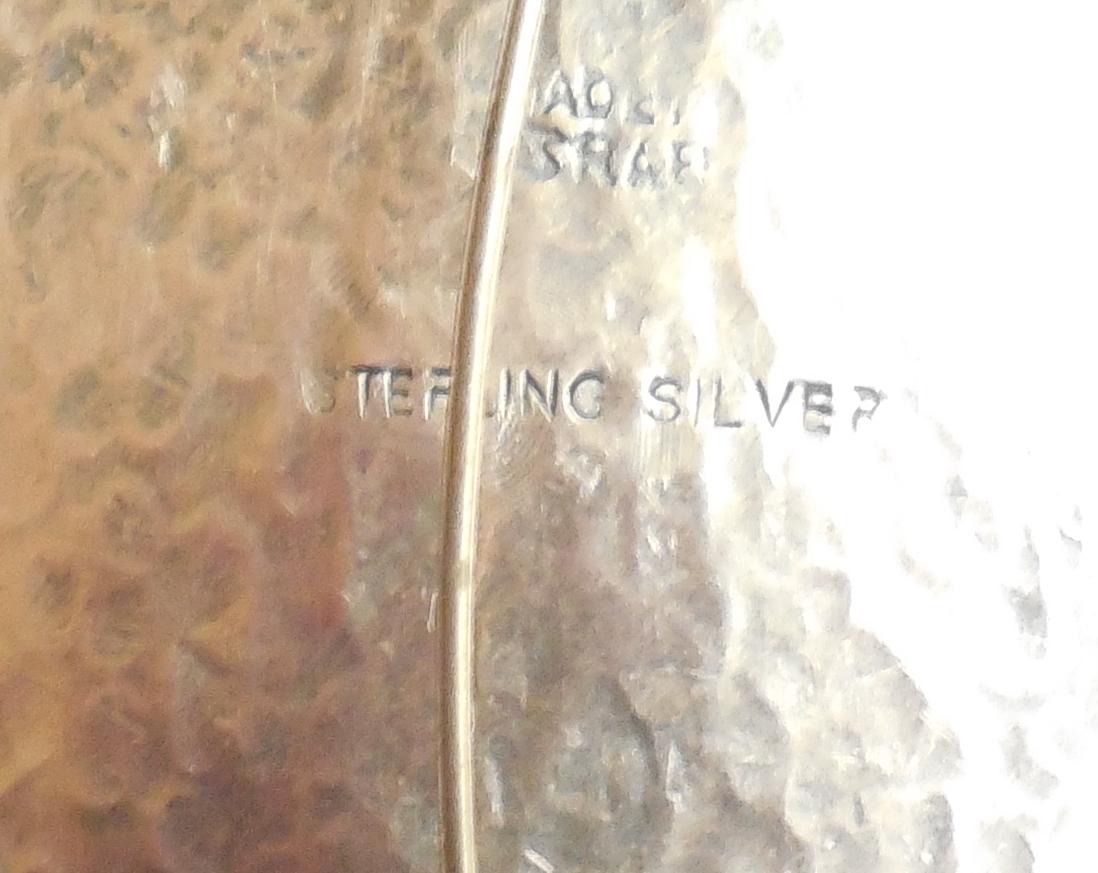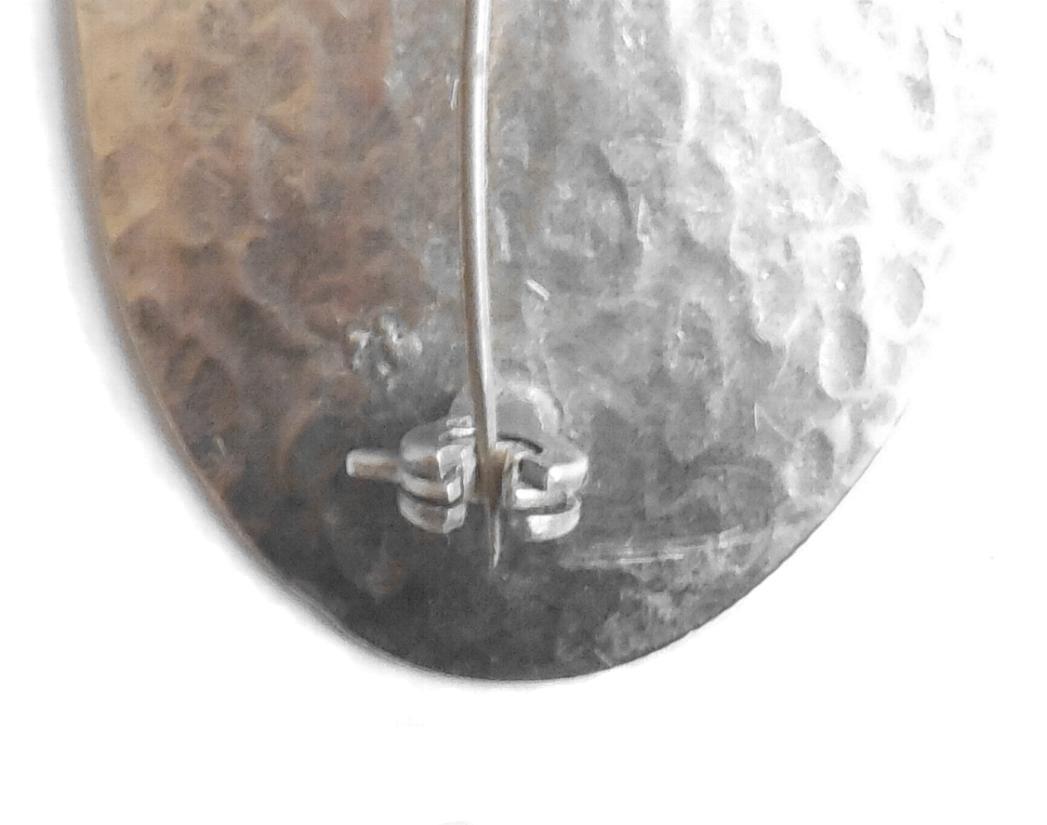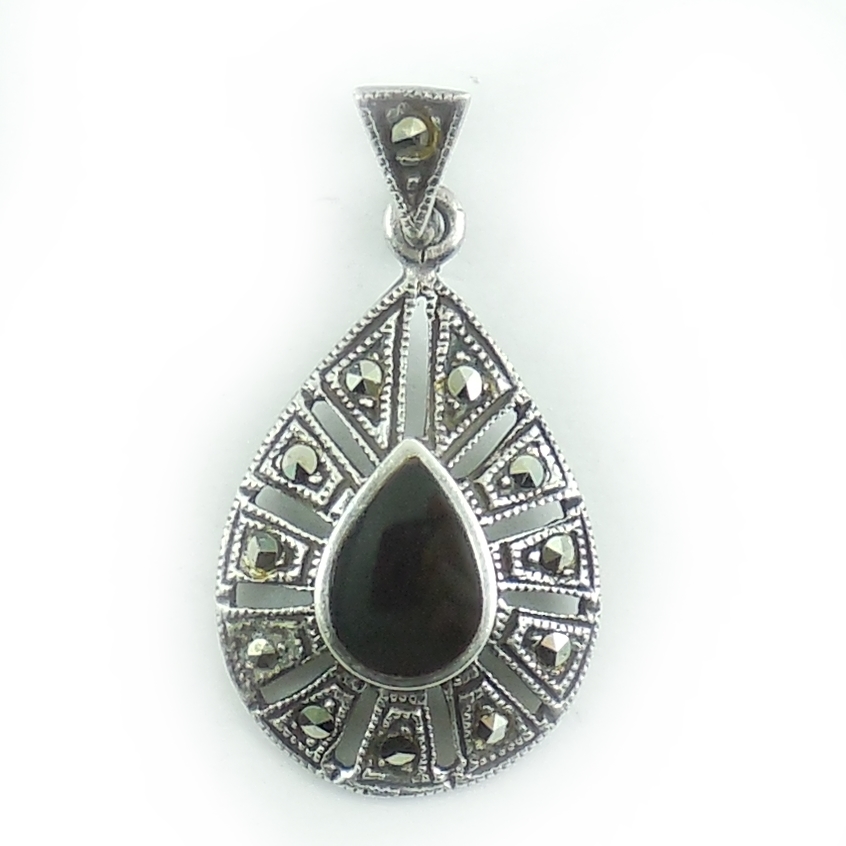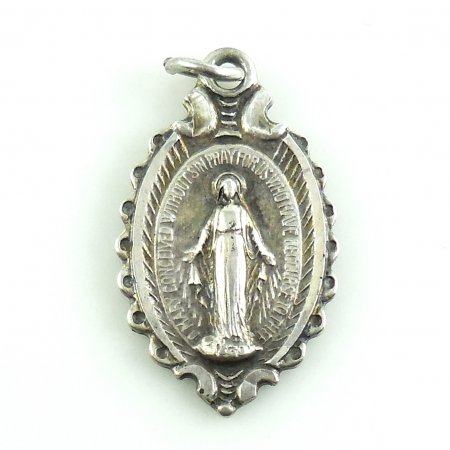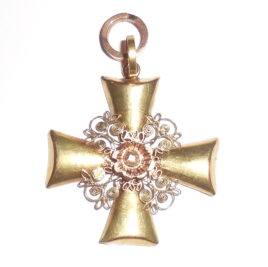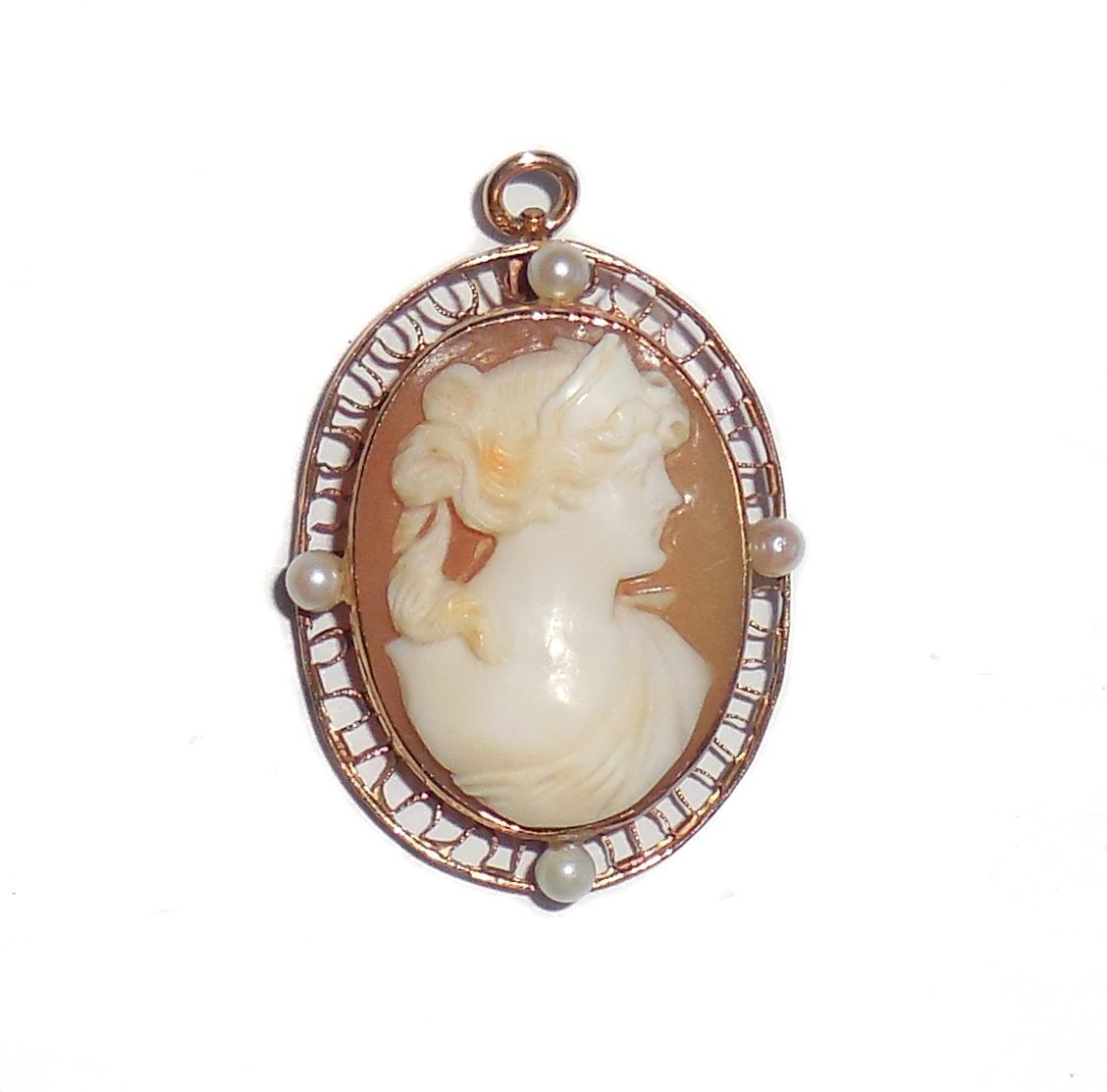Description
Mid Century Hammered Sterling Silver Hora Folk Dancer Pendant Pin
The Israeli Hora:
The Horah (הורה), which is somewhat different from that of some of the Eastern European countries, is widespread in the Jewish diaspora and played a foundational role in modern Israeli folk dancing. It became the symbol of the reconstruction of the country by the socialistic-agricultural Zionist movement. Although considered traditional, some claim it rose to popularity due to Hora Agadati, named after dancer and choreographer Baruch Agadati and performed for the first time in 1924.
It is usually performed to Israel folk songs, and sometimes to Jewish songs, typically to the music of Hava Nagila.
To start the dance, everybody forms a circle, holding hands or interlocking arms behind their backs or on their shoulders and steps forward toward the right with the left foot, then follows with the right foot. The left foot is then brought back, followed by the right foot. This is done while holding hands and circling together in a fast and cheerful motion to the right. Large groups allow for the creation of several concentric circles.
In the early days, Horah was popular mainly in kibbutzim and small communities. The dancing often continued for hours.
The horah became popular in group dances throughout Israel, and at weddings and other celebrations by Jews in Israel, the United States, United Kingdom and Canada. The dance appeared in North America in the early 20th century, well before modern Israeli independence, brought directly from Eastern Europe by Jewish immigrants.
At bar and bat mitzvahs, it is customary to raise the honoree, and sometimes his or her family members, on a chair during the horah. This is also done at many Jewish weddings, following the Israeli tradition.
The song Hora, sung by Avi Toledano, who represented Israel in the Eurovision Song Contest 1982, is based on this dance.
About The Eastern European Hora:
Hora (pl. hore) is a traditional Romanian folk dance where the dancers hold each other’s hands and the circle spins, usually counterclockwise, as each participant follows a sequence of three steps forward and one step back. The dance is usually accompanied by musical instruments such as the cymbalom. accordion, violin, viola, double bass, saxophone, trumpet, pan pipes.
The Hora is popular during wedding celebrations and festivals, and is an essential part of the social entertainment in rural areas. One of the most famous hore is the Hora Inirii (Hora of the Union), which became a Romanian patriotic song as a result of being the hymn when Wallachia and Moldavia united to form the Principality of Romania in 1859. During the 2006/2007 New Year’s Eve celebration, when Romania and Bulgaria joined the European Union, people were dancing Hora Bucuriei (Hora of Joy) over the boulevards of Bucharest as a tribute to the EU anthem, Ode to Joy (Odă bucuriei). Some of the biggest hora circles can be found on early 20th century movies filmed by the Manakis brothers in Pindus, Greece and performed by local Aromanians.


